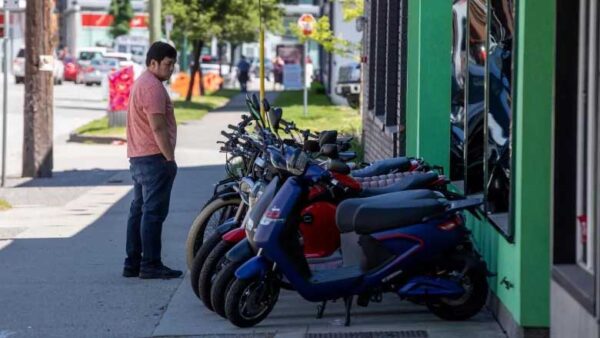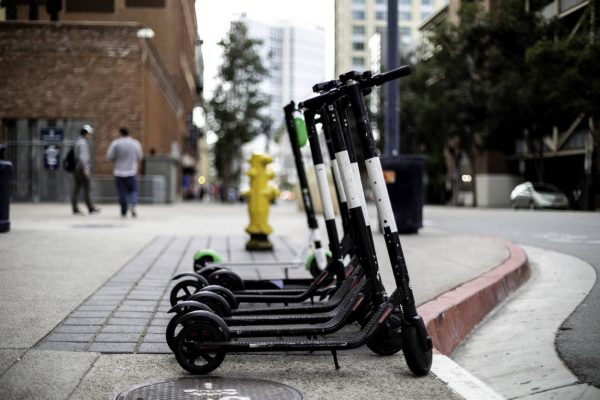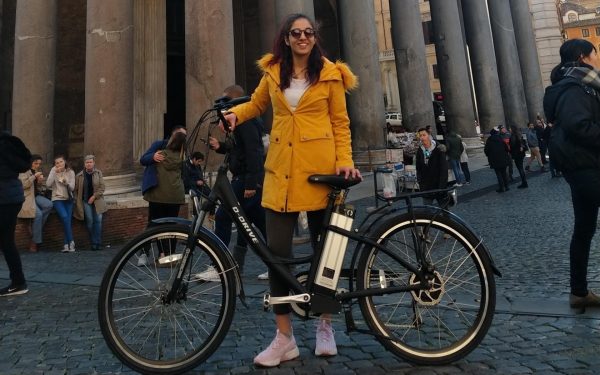E-bikes that look like motorcycles take another hit in Canada
by Maryse Zeidler from https://www.cbc.ca Appellant’s lawyer says his client relied on Motorino XMr for affordable transportation The British Columbia Court of Appeal has upheld a B.C. Supreme Court ruling that e-bikes designed to look and function more like mopeds or scooters do not meet the province’s definition of a motor-assisted cycle and therefore require a driver’s licence, registration and insurance. The case was brought forward by Ali Ghadban, who was issued a ticket in Surrey, B.C., in 2018 for riding his Motorino XMr without a driver’s licence and insurance. He said he wasn’t able to obtain them from the provincial insurer, ICBC. Two of the three Appeal Court justices assigned to the case agreed with the B.C. Supreme Court judge’s decision from May 2020 that found although the Motorino XMr is outfitted with pedals, limited power and a maximum speed of 32 km/h, it doesn’t qualify as a motor-assisted cycle because it’s not designed to be operated primarily by human power. At the heart of the issue are the XMr’s small pedals, which Court of Appeal Justice Harvey M. Groberman agreed would do little to propel the nearly 115-kilogram bike. Groberman said the XMr is designed to almost exclusively operate as a low-powered electric motorcycle, or as “a very heavy, impractical bicycle.” Although the XMr meets many of the technical requirements of a motor-assisted cycle as defined in B.C.’s Motor Vehicle Act, Groberman wrote, it doesn’t do so in practice. “If a piece of legislation defines ‘cat’ as ‘a small four-legged furry mammal that purrs,’ we would not expect that definition to include a dog fitted with a loudspeaker that plays a purring sound,” he said. Affordable, environmentally friendly Lawyer Dan Griffiths, who represented Ghadban in the case, said his client is a man of modest financial means who […]
E-bikes that look like motorcycles take another hit in Canada Read More »









